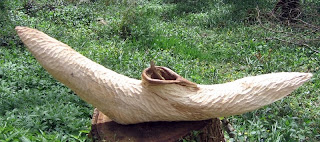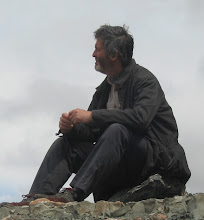Earlier this year, WNO///3 undertook research into music copyright and intellectual property issues with funding awarded by Arts Council of England’s Digital Content Development programme. A lot of questions were asked and a lot of answers weren’t necessarily found, largely because the territory is complex when it comes to classical music, and the approaches to dealing with the issues to date often contradictory and frequently restrictive for those artists wishing to evolve new ways of combining digital art with live performance without either risking their shirts, or a law suit.
The idea behind Project Electroclassic is breathtakingly simple, but cuts to the heart of the matter; it’s to go back to basics and asks what might be possible – by asking musicians and artists engaged in the field to try out something new in a risk-free environment. Project Electroclassic will bring together digital sonic artists, composers with a classical music training and WNO musicians to test drive and maybe even breach the boundaries. The selected artists will join musicians from WNO’s Orchestra in scheduled sessions in March through to April. They will be asked to develop creative pieces from audio samples, possibly a live performance, or a piece of sonic art, or a digital media installation; all the work will be broadcast on WNO///3. WNO///3 will also host a performance featuring visual artists and musicians as part of a series of events, including Electrostatic at the Colston Hall, Bristol, in May 2011.
But most important of all, the residency will focus on open debate of the complexity of music copyright and intellectual property. A short symposium (including live performance) is planned, which will illustrate the key findings of artist, composer and musician alike.











































